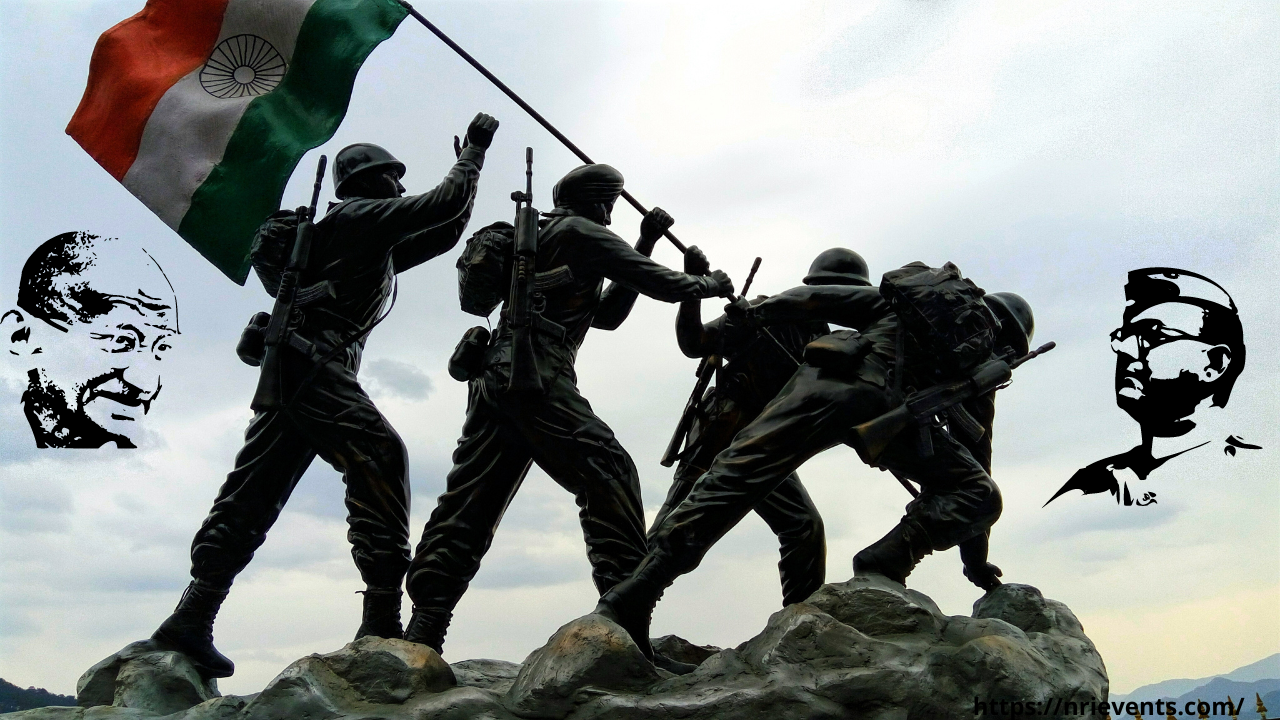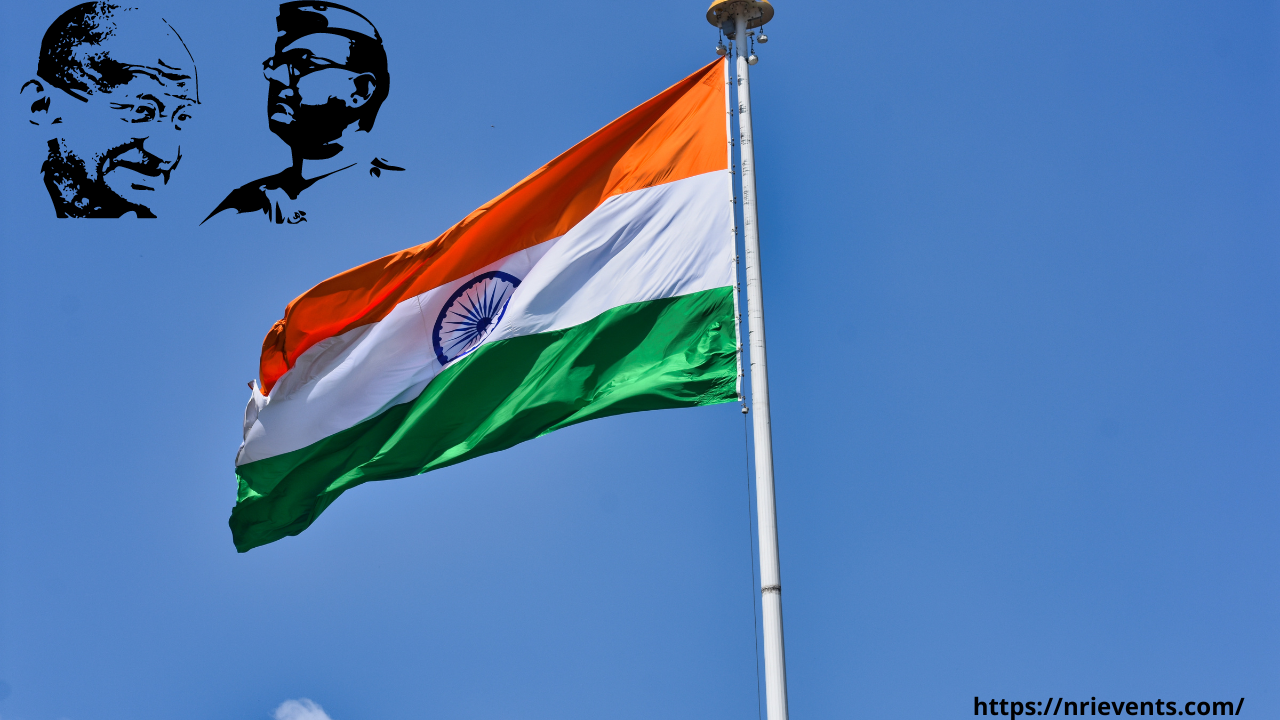Indian National Flag

Importance Of National Flag Of India
An Indian National flag was first proposed by Gandhi in 1921. The flag was designed by Pingali Venkayya. within the center was a typical textile machine, symbolizing Gandhi’s thing of creating Indians’ tone- reliant by fabricating their own attire, between a red stripe for Hindus and a green stripe for Muslims.
Every free nation on the planet has its own flag. it’s a symbol of a free country. The ensign of India was espoused in its present form during the meeting of the Constituent Assembly persisted the 22 July 1947, a multitudinous day before India’s independence from the British on 15 August 1947. It served because the overall public flag of the Dominion of India between 15 August 1947 and 26 January 1950 and that of the Republic of India subsequently. In India, the term” tricolor” refers to the Indian public flag
The ensign of India could even be a vertical tricolor of deep saffron( Kesari) at the highest, white within the middle, and dark green at the bottom in equal proportion. the speed of range of the flag to its length is 2 to 3 . within the center of the white band could even be a cortege blue wheel which represents the chakra. Ashoka’s Sarnath Lion Capital’s abacus has a design that is similar to the wheels on the abacus. Its borderline approximates the range of the white band and its 24 spokes.
Colors of the Flag
within the overall public flag of India, the top band is of Saffron color, indicating the strength and courage of the country. The white middle band indicates peace and verification with Dharma Chakra The last band is green in color showing the fertility, growth, and auspiciousness of the land.

The Chakra
The Dharma Chakra depicts the “wheel of the law” found on the marble Sarnath Lion Capital created by Mauryan Emperor Ashoka in the 3rd century BC. The chakra represents the idea that life occurs when there is movement, and death occurs when there is stagnation.
Flag law
On 26th January 2002, the Indian flag law was modified and after several times of independence, the citizens of India were eventually allowed to hoist the Indian flag over their homes, services, and manufactories on any day and not just on public days as was the case ahead. Now Indians can proudly display the general public flag anywhere and any time, as long as the vittles of the Flag law are rigorously followed to avoid any discourteousness to the tricolor. For the sake of convenience, the Flag law of India, 2002, has been divided into three corridors. Part I of the law contains a general description of the ensign. Part II of the law is devoted to the display of the National Flag by members of the public, private associations, educational institutions, etc. Part III of the Code relates to the display of the ensign by Central and State governments and their organizations and agencies.

